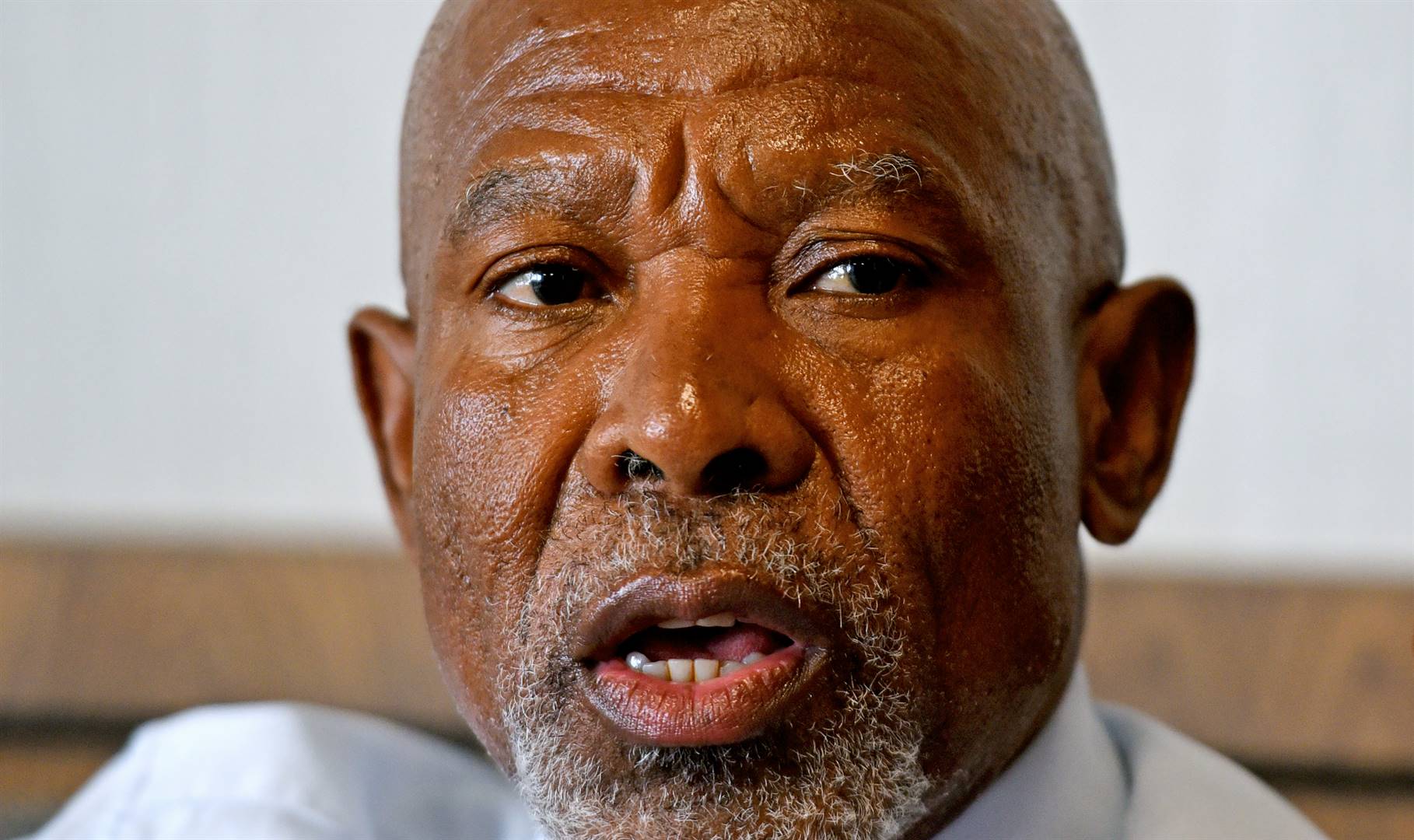Reserve Bank governor Lesetja Kganyago. (Tebogo Letsie)
South Africa needs to sustain a low inflation rate to justify a change in the central bank’s monetary policy stance, Governor Lesetja Kganyago said. Consumer-price growth was 4.6% in July, the lowest level in three years.
That took the spread between the South African Reserve Bank’s policy benchmark and the annual inflation rate to an 18-year high and fuelled bets that the central bank’s monetary policy committee will start its interest-rate cutting cycle when it meets on September 19.
Forward-rate agreements – used to speculate on borrowing costs – are fully pricing in a 25 basis-point reduction in the key rate this month.
While the latest inflation data is welcome, it reflects historic price changes, Kganyago said in an interview with state-owned SAfm radio on Monday. “What South Africa needs is not just lower inflation, but sustained low inflation,” he said.
The central bank seeks to stabilise inflation and anchor price-growth expectations at the midpoint of its 3%-6% target range. Its held the key interest at 8.25% since May 2003.
While a decline in the inflation rate in July 2023 generated similar optimism to the latest data about a potential easing in monetary policy, Kganyago advised caution.
“It was this time last year that we had an inflation reading that was at 4.7% and there was excitement around it,” he said. “Lower inflation is always welcome, but what was needed to be seen was sustained low inflation, and indeed, the South African Reserve Bank was proved to have been correct, because a few months later, inflation creeped up.”
Kganyago has repeatedly said the MPC will only be comfortable lowering borrowing costs when inflation eases sustainably toward 4.5%. The central bank’s monetary policy is “prudent” rather than conservative, he said.

